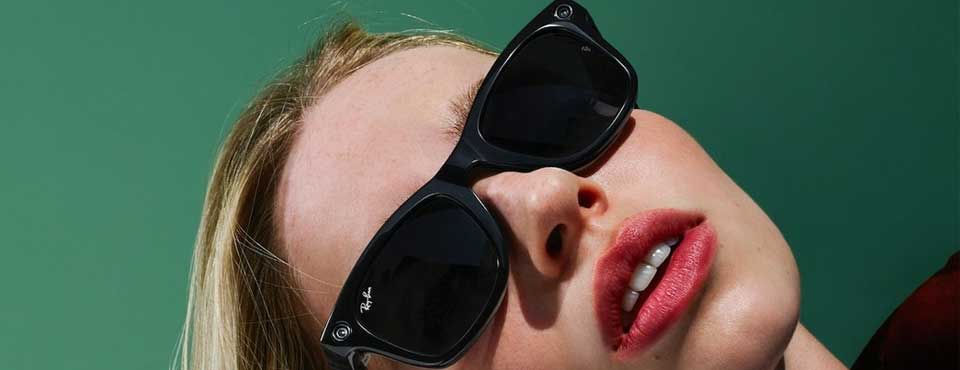Ray-Ban Meta Smart Glasses: Battery Life and How to Charge Them

Since the first generation was launched in 2021, the Ray-Ban Meta smart glasses have become one of the most successful contemporary initiatives in cutting-edge eyewear. According to the latest quarterly numbers released to Meta investors, head honcho Mark Zuckerberg said that overall engagement and retention for the glasses has been on a continued upward trajectory. To date, the glasses have even become so popular that they’ve had to increase production to meet demand. In 60% of Ray-Ban stores across the globe, these wearable smart innovations are even the top-seller.
That said, while these glasses are touted for their impressive advancements, one realistic concern that many want to know more about is their battery life and charging requirements.
What are the Ray-Ban Meta smart glasses?
To provide more context as to why these glasses are so celebrated, it’s important to understand that they represent a merging of some of the best attributes of two industry giants. For starters, their impeccable style and high-quality build are designed after classic Ray-Ban sunglasses. Known for their effortlessly cool aesthetic, the eyewear leader is known for taking retro style and making it more modern. This is why its bestsellers include silhouettes such as Aviators, Clubmasters, and Wayfarers, the latter of which is also a style that the smart glasses come in. Dedicated to offering purpose and performance, each pair also comes with protective lenses with features like UV filters, which the Ray-Ban Metas also offer. Through this, the smart specs are not bulky or impractical but rather cool, chic, and subtle for everyday use.
In addition, moving onto the tech aspects, tech titan Meta has imbued these specs with its latest AI multi-modal capabilities. Originally, the specs could offer hands-free content creation, consumption, and sharing thanks to features like its wide 12 MP camera, open-ear audio speakers, and unique POV view. Through these, users could listen to music, take calls, live stream, take stills and videos, and even converse with a virtual voice-activated assistant. Following a Meta update just this September, though, the smart glasses can now make use of AI to offer more benefits. This includes providing reminders, live translations, and answering questions regarding real-time surroundings.
The Ray-Ban Meta battery life and charging process
As further proof that Ray-Ban and Meta designed these glasses to be helpful for regular use, they come with a longer battery life. On average, a fully charged pair can be usable for up to four hours. That said, the glasses can run longer or shorter depending on the degree of use. This is in stark contrast to other well-known smart glasses. For instance, Snapchat’s Snap Spectacles met a lot of criticism for their very limited battery life. Meant to be used for things like AR and VR, among other things, these Snap glasses could only run for about 45 minutes per charge. Interestingly, these were already an improvement from its previous model which only had a battery life of 30 minutes.
In terms of charging, the Ray-Ban Metas come with their own dedicated charging case. As per Meta, a fully charged case can offer up to 32 hours of power. To charge the glasses, users only need to place the glasses in the case, making sure that the nose bridge touches the charging port inside. Once the glasses are properly docked, the LED lights on the case will flash in relation to its charging status. Glasses that are on and paired with the Meta View app can also monitored there to see how far along their charging cycle is. Presently, charging through the case is the only means promoted by Meta and Ray-Ban.
Meanwhile, charging the case can take up to 3.5 hours for a full charge. The good news is that the case is compatible with a USB-C cable. As such, this can easily be connected to a regular power adaptor. Alternatively, it can also be charged using a power bank. What’s important when using the latter option is that the power source is not locked in by proprietary charging. For example, the Omnicharge Omni 20 power bank is sleek but capable of providing enough juice even if the item being charged is not from the same brand. To check the battery status of the charging case, users can again check the LED light on the exterior or refer to the aforementioned app.
